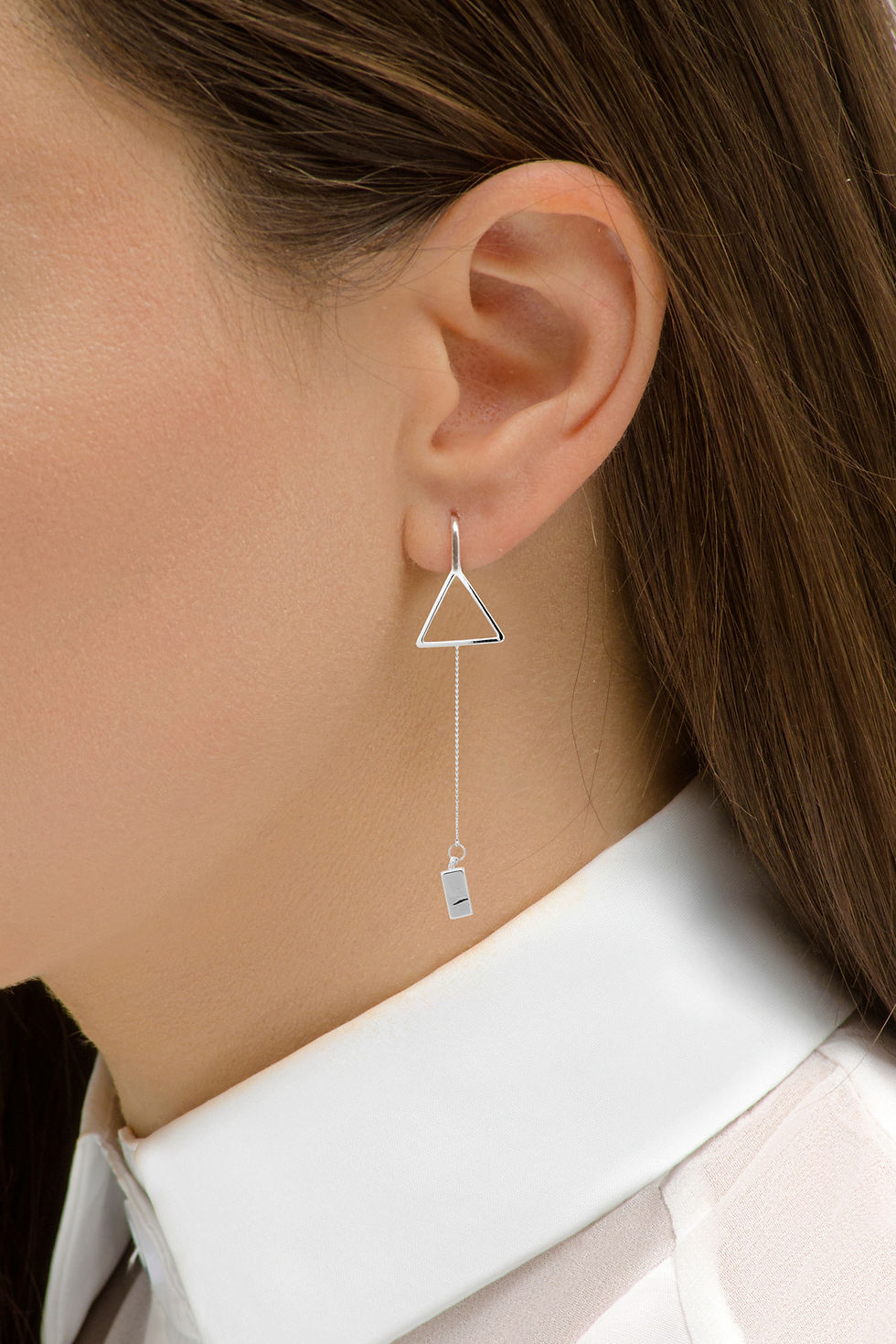Ear lobe keloids
- Ranganath Srinivasa Rao
- Nov 26, 2020
- 2 min read
Updated: Sep 21, 2022
Ear lobe piercing is common and multiple piercings on the earlobe has recently gained popularity. The practice of ear piercing while generally safe, nevertheless has complications ranging f

rom a minor tear to severe infections and keloid formation.
Ear keloids are caused by excessive scar tissue formation from skin injury. The keloid forms when an overgrowth of granulation tissue (type 3 collagen) is then replaced by type 1 collagen.

Keloids grow beyond the boundaries of the original wound, in contrast to hypertrophic scars, which will appear as a raised scar but not grow as large as keloids.
It is unclear why keloids occur more commonly in people with darker skin pigmentation. Keloids may affect people of all ages, but most people start developing keloids after puberty.
Ear keloids are notoriously difficult to treat, as surgical removal (excision) may lead to recurrent keloid scar formation up to 80 percent of the time. Recurring keloids may even be larger than the original keloid scar. The likelihood of recurrence is not affected by the person’s age, gender, keloid size or location.
Various modalities of treatment are available for the treatment of ear lobe keloids. Most common and effective modality is multiple timely intralesional injection of a long acting corticosteroid. It has been proved to be safe and most effective modality form multiple studies. It is also used as an adjuvant to surgical modality such as simple excision or a skin graft.
Other drugs which can be used are 5FU and Bleomycin.
we at surgiderma combine 5FU and steroid combinaiton frequently and found satisfactory resultsvery effective post surgical excison of keloids
Silicon sheeting and pressure therapy are used as adjuvents to decrease chance of recurrence. Co2 lasser had been found to be a useful modality in few patients. PDL lasers are also
Cryotheraphy once very popular is loosing its sheen due to discomfort during treatment.
In patients refractory to above modalities or if response is not optimal we use surgical modalities. Excison should be meticulous useing atraumatic techniques. closure should be tension free. most of the time we use local flaps to reconstruct the defect. Skin grafts can be used. post operative EBR is used particularly in presternal keloids for its notoriety of recurrence
For more information contact us on surgiderma skin and plastic surgery center.




Comments